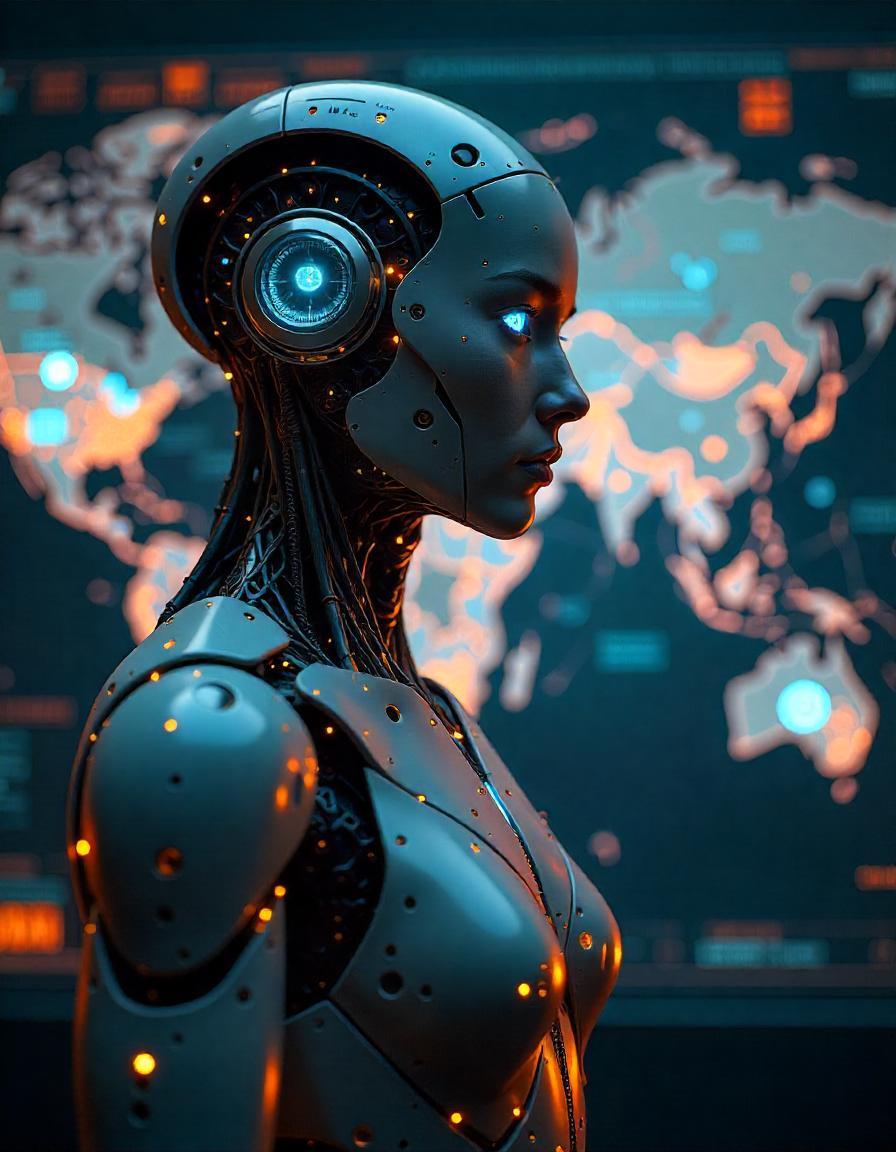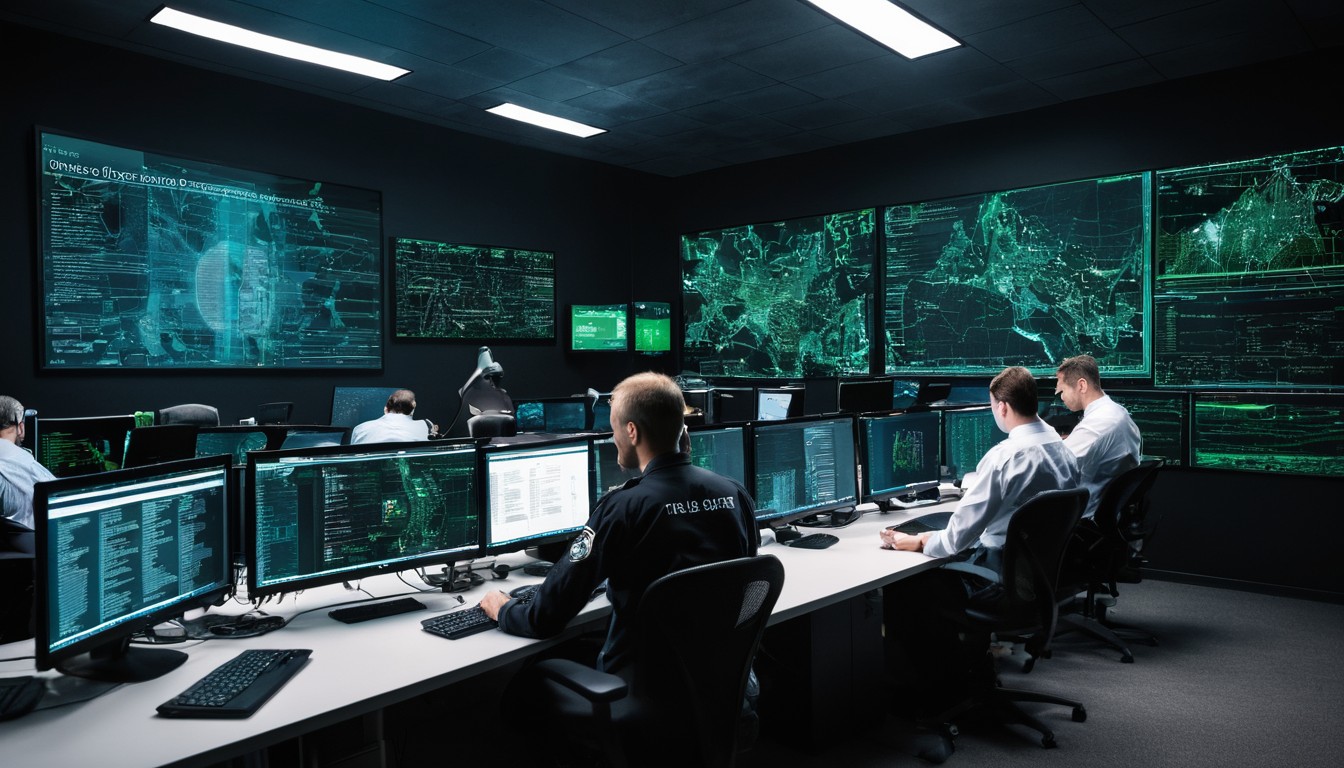Generative AI (GenAI) is revolutionizing industries across the globe, and cybersecurity is no exception. As cyber threats become more sophisticated, leveraging AI to protect systems, data, and networks has moved from a nice-to-have to a necessity. GenAI’s impact on cybersecurity extends beyond automating threat detection; it also helps fill the growing skills gap, enhances threat intelligence, and improves defensive strategies. In this post, we’ll explore how generative AI is reshaping cybersecurity and the challenges it introduces.
What is Generative AI?
Generative AI refers to AI systems capable of generating new content, whether that be images, code, or text, based on patterns learned from existing data. In the context of cybersecurity, GenAI tools can generate realistic simulations of cyber attacks, create robust security algorithms, and even detect vulnerabilities that would have gone unnoticed by human analysts.
Key Benefits of Generative AI in Cybersecurity
- Advanced Threat Detection and Response
Generative AI enhances traditional cybersecurity tools by enabling quicker detection of anomalies and emerging threats. AI-powered systems can simulate thousands of potential attack scenarios in real-time, predicting new forms of malware or ransomware before they can cause damage. This predictive capability gives organizations a proactive defense mechanism, allowing for faster response times. - Bridging the Cybersecurity Skills Gap
One of the biggest challenges the cybersecurity industry faces is a shortage of skilled professionals. According to a report by (ISC)², the cybersecurity workforce gap stood at nearly 3.4 million globally in 2023. By 2028, Gartner predicts that GenAI will significantly reduce the need for advanced training for entry-level roles, enabling less experienced workers to perform more effectively with AI-powered tools. This has the potential to alleviate staffing challenges while increasing overall cybersecurity effectiveness. - Enhancing Cyber Defense Automation
AI-driven automation is critical in today’s cybersecurity landscape. With the help of GenAI, organizations can automate tasks like incident response, vulnerability scanning, and malware detection. GenAI’s ability to analyze vast amounts of data means faster identification of potential threats, minimizing human error and reducing the need for manual intervention. - Personalized Security Training
AI’s personalization capabilities extend beyond just defensive measures. By analyzing individual user behavior and learning patterns, generative AI can provide tailored cybersecurity training to employees, reducing the likelihood of human error. This helps organizations enhance their internal security culture and improve user awareness of emerging cyber threats.
Challenges and Concerns
While the benefits of generative AI in cybersecurity are immense, it is not without challenges. The rise of GenAI has also opened the door to more advanced cyber-attacks, including the creation of deepfakes and AI-generated phishing schemes that are increasingly difficult to detect.
- AI-Powered Attacks
Hackers are also leveraging GenAI to develop more sophisticated attack vectors. For example, AI can generate convincing phishing emails or create new types of malware that can bypass traditional detection methods. These AI-powered attacks are a growing concern, requiring security teams to adopt more advanced AI-driven defenses. - Ethical and Privacy Concerns
With AI systems processing vast amounts of data, there are privacy and ethical implications that organizations must consider. How AI models handle sensitive information, and the transparency of AI-driven decisions, are ongoing debates in the cybersecurity field. - Dependence on AI
Relying heavily on generative AI for cybersecurity can create a double-edged sword. If AI systems fail or are compromised, organizations might find themselves vulnerable. It’s crucial to implement layered security strategies that combine AI with traditional defenses and human oversight.
The Future of Generative AI in Cybersecurity
The future of cybersecurity will likely be shaped by the integration of AI-driven tools and human expertise. As cyber-attacks evolve, generative AI will play an essential role in enabling faster threat detection, enhancing predictive security measures, and closing the cybersecurity skills gap. By 2026, it’s expected that AI-driven personalized training will reduce employee-driven security incidents by 60%, according to Gartner.
Moreover, AI’s ability to process and analyze vast datasets will be critical in developing more advanced threat intelligence platforms. This evolution will allow cybersecurity professionals to stay ahead of emerging threats and reduce response times to potential breaches.
Generative AI is a game-changer for the cybersecurity industry, offering advanced threat detection, response automation, and the potential to bridge the skills gap. However, as AI grows in prominence, it also introduces new challenges, such as AI-powered cyberattacks and ethical concerns surrounding data use. To leverage AI effectively, organizations must balance automation with human oversight and remain vigilant against the evolving threats that come with this powerful technology.
By staying informed about GenAI’s impact on cybersecurity, businesses can better protect their digital assets and ensure resilience in an increasingly complex threat landscape. if you have any questions about generative AI contact us today!





